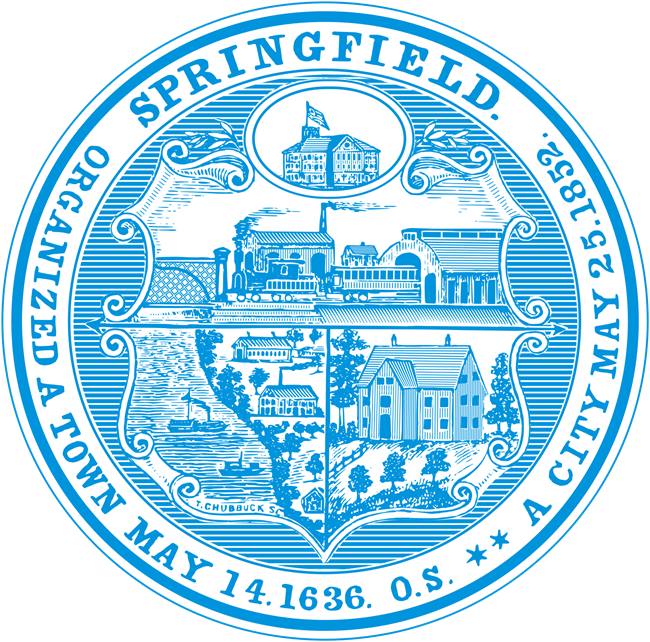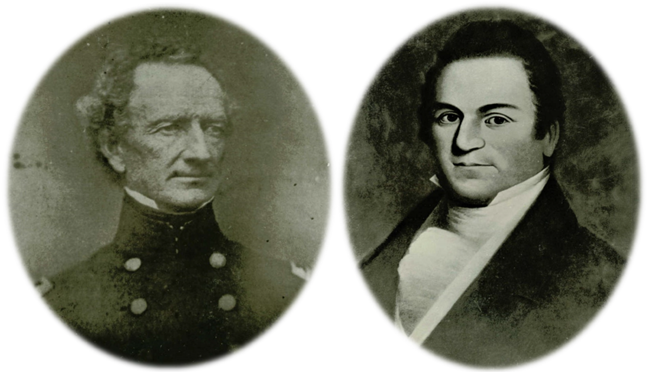The Legacy of Springfield Armory’s
|
|
Springfield Continental
Lt. Col David MasonArsenal and Laboratory Jan. 1777 to Dec. 1780 Capt. John Bryant 1780-1794 Springfield Armory
David Ames, Supt. 1794 to Oct. 1802 Joseph Morgan, Supt. Nov. 1802 to Oct. 1805 Benjamin Prescott, Supt. Nov. 1802 to Aug. 1813 Henry Lechler, Supt. Sept. 1813 to Jan. 1815 Lt. Col. Roswell Lee, Supt. June 1815 to Aug. 1833 John Robb, Supt. Nov. 1833 to April 1841 Maj. James W. Ripley April 1841 to Aug. 1854 Gen. James S. Whitney, Supt. Oct. 1854 to March 1860 |
Col. I.H. Wright June 1860 to April 1861 Capt. George Dwight April 1861 to Aug. 1861 Capt. Alexander B. Dryer Aug. 1861 to Oct. 1864 Maj. T.T.S. Laidley Oct. 1864 to May 1866 Maj. J.G. Benton Jun 1866 to Aug 1881 Lt. Col. A.R.B. Buffington Oct. 1881 to Feb. 1892 Col. Alfred Mordecai Feb. 1892 to Feb. 1898 Lt. Col Isaac Arnold, Jr. Feb. 1898 to May 1899 Lt. Col. Frank H. Phipps Jun. 1899 to Aug. 1907 Col. Stanhope E. Blunt Aug 1907 to Sept. 1912 Lt. Col. William Pierce Sept. 1912 to Jan 1918 |
Col. Jay E. Hoffer Mar. 1918 to Sept 1918 Lt. Col. Lindley D. Hubbell Sept. 1918 to April 1920 Col. Thales L. Ames April 1920 to Aug. 1923 Maj. Earl McFarland Aug. 1923 to June 1924 Col H.W. Schull June 1924 to June 1929 Col J.W. Joyes July 1929 to Dec. 1933 Lt. Col. T.J. Smith Jan. 1934 to Feb. 1938 Brig. Gen G.H. Stewart Sept. 1938 to June 1942 Col. Earl McFarland June 1942 to July 1943 Col. George A. Woody Aug. 1943 to Aug. 1944 Brig. Gen. Norman F. Ramsey Oct. 1944 to Nov. 1945 |
Col. Stephen H. MacGregor Nov. 1945 to Aug. 1947 Col. Morris K. Barroll Jr. Aug. 1947 to May 1950 Col. James L. Guion July 1950 to May 1953 Col W.J. Crowe Aug. 1953 to Aug. 1954 Col. D.G. Ludlam Sept. 1954 to July 1958 Col. O.E. Hurlbut Aug. 1958 to Sept. 1959 Col. C.L.P. Medinnis Sept. 1959 to July 1963 Col. W.J. Durrenberger July 1963 to Sept. 1865 Col. S.H. Sweeney, Jr. Sept. 1965 to Nov. 1967 Lt. Col. C.B. Zumwalt Nov. 1967 to April 1968 Springfield Armory Closes in 1968
|
Last updated: March 25, 2023


